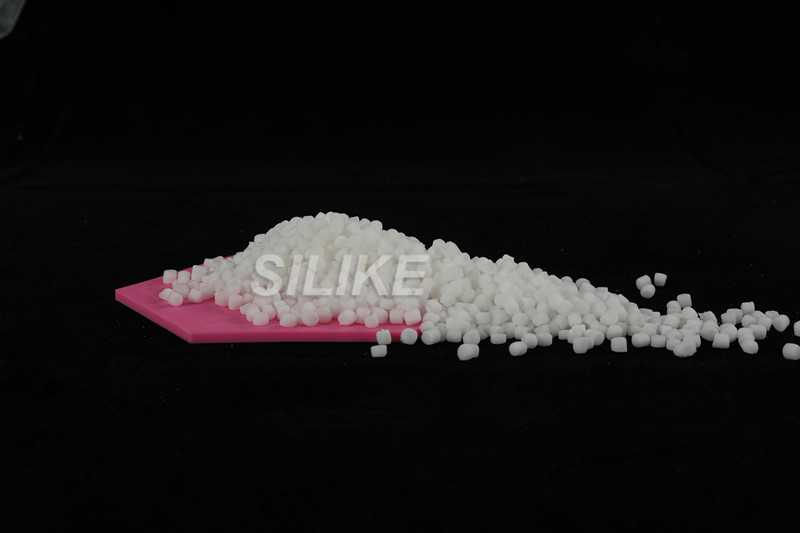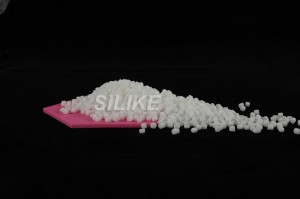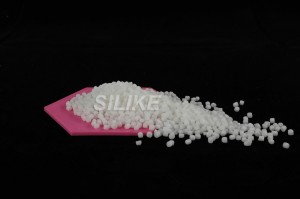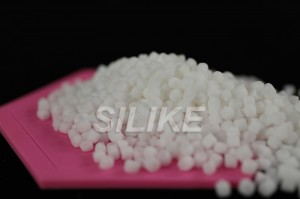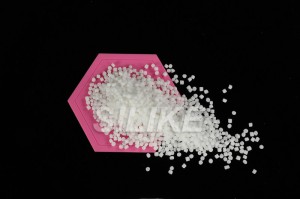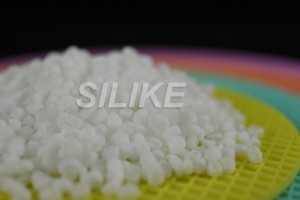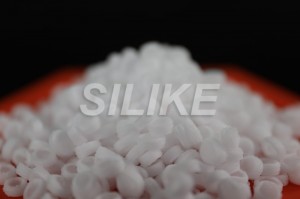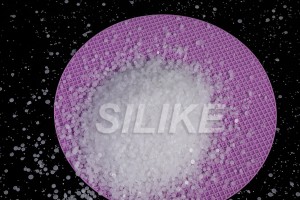How to improve the scratch resistance of polypropylene
How to improve the scratch resistance of polypropylene,
Anti-scratch additive, anti-scratch silicone masterbatch, improve the scratch resistance,
Description
Silicone masterbatch LYSI-306C is an upgraded version of LYSI-306, has an enhanced compatibility with the Polypropylene (CO-PP ) matrix — Resulting in lower phase segregation of the final surface, this means it stays on the surface of the final plastics without any migration or exudation , reducing fogging , VOCS or Odors . LYSI-306C helps improve long-lasting anti-scratch properties of automotive interiors , by offering improvements in many aspects like Quality, Aging , Hand feel, Reduced dust buildup… etc. Suitable for variety of Automotive interior surface , such as : Door panels, Dashboards, Center Consoles, instrument panels.
Fundamental Parameters
|
Grade |
LYSI-306C |
|
Appearance |
White pellet |
|
Silicone content % |
50 |
|
Resin base |
PP |
|
Melt index ( 230℃, 2.16KG ) g/10min |
2 ( typical value ) |
|
Dosage% (w/w) |
1.5~5 |
Benefits
Silicone masterbatch LYSI-306C serves as both an anti-scratch surface agent and a processing aid . This offers controlled and consistent products as well as a tailor-made morphology.
(1) Improves the anti-scratch properties of TPE,TPV PP,PP/PPO Talc filled systems.
(2) Operates as a permanent slip enhancer
(3) No migration
(4) Low VOC emission
How to use
Addition levels between 0.5~5.0% are suggested . It can be used in classical melt blending process like Single /Twin screw extruders, injection molding. A physical blend with virgin polymer pellets is recommended .
Package
25Kg / bag , craft paper bag
Storage
Transport as non-hazardous chemical. Store in a cool , well ventilated place .
Shelf life
Original characteristics remain intact for 24 months from the production date , if kept in recommend storage.Improving the scratch resistance of polypropylene (PP) is an important consideration for many industries, from automotive to medical device manufacturing. PP is a thermoplastic polymer that is lightweight, strong, and resistant to many chemicals. However, it can be prone to scratching and abrasion. Fortunately, there are several ways to improve the scratch resistance of PP.
1. Add Fillers: Adding fillers such as glass fibers or talc can help improve the scratch resistance of PP. The fillers act as a buffer between the surface of the material and any abrasive forces that may come into contact with it. This helps reduce the amount of damage caused by scratches and abrasions.
2. Add anti-scratch additive, such as anti-scratch silicone masterbatch,
The use of anti-scratch silicone masterbatch in PP materials, First, can reduce the number of scratches that occur on the surface of the material. This is because the silicone particles in the masterbatch act as a lubricant, which helps to reduce friction between surfaces and thus reduce scratching. Additionally, it can also help to increase the overall strength and durability of PP materials, as well as improve their heat resistance and UV stability
3. Use Blends: Blending PP with other materials such as polyethylene (PE) or polycarbonate (PC) can also help improve its scratch resistance. The addition of these materials helps create a more durable material that is better able to withstand abrasive forces without being damaged or scratched.
4. Apply Coatings: Applying coatings such as paints or varnishes can also help improve the scratch resistance of PP. These coatings provide an additional layer of protection against scratches and abrasion, helping to keep the material looking new for longer periods of time.
FREE SILICONE ADDITIVES AND Si-TPV SAMPLES MORE THAN 100 GRADES

Sample type
$0
- 50+
grades Silicone Masterbatch
- 10+
grades Silicone Powder
- 10+
grades Anti-scratch Masterbatch
- 10+
grades Anti-abrasion Masterbatch
- 10+
grades Si-TPV
- 8+
grades Silicone Wax

